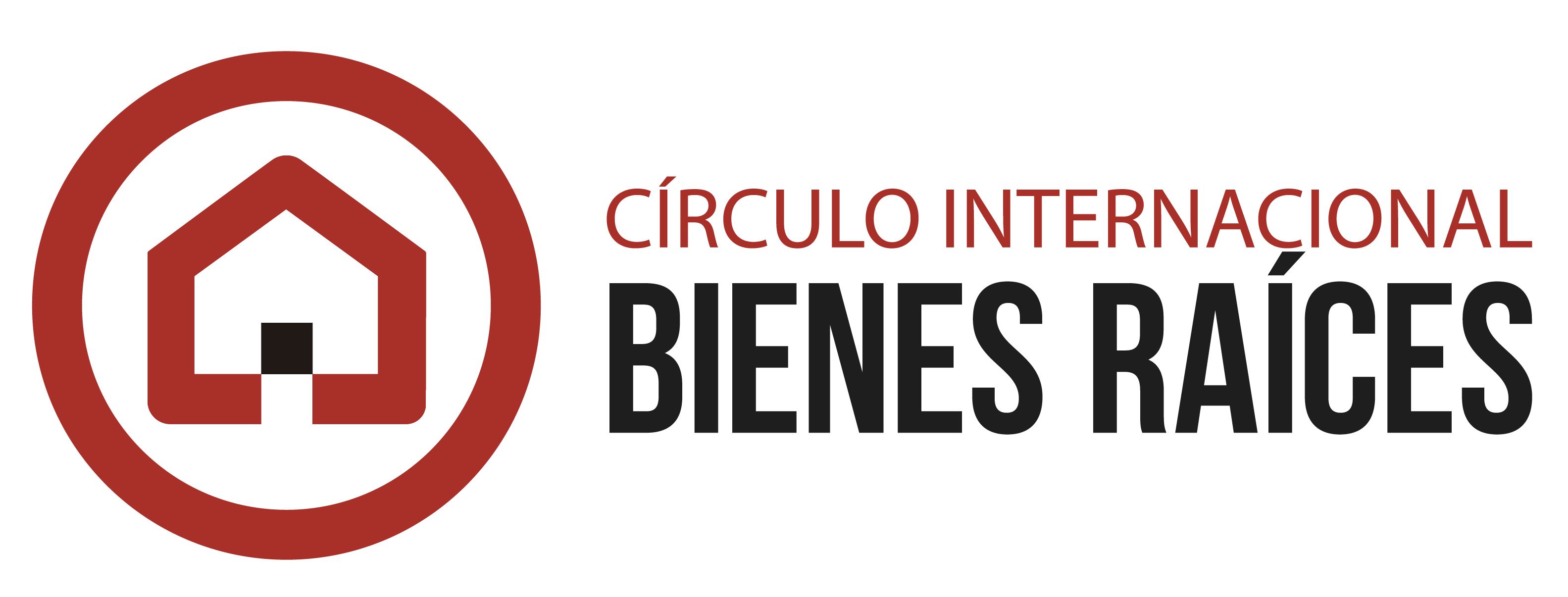21 Abr How to Manage Documents and Finances
Control Finances and Documents
Documents that accompany transactions is crucial to ensure of compliance, auditing, and keeping records. It also assists with the resolution of disputes and accountability, planning for the future and dispute resolution. Documentation is also important for ensuring regulatory compliance and to safeguard information and data from being lost or stolen.
While certain of these documents could be physical, many are now digitally stored to make it easier and safer. Some examples are investment papers receipts, important purchases and receipts, bank statements, bills, tax files and life insurance policies.
Create a filing system that is efficient and accurately reflects the information you use and have. A organization structure that incorporates categories such as «Estate and Legal», Bank Accounts», «Investments», and «Utilities» will prove beneficial. Within each category, you can further subdivide to help you locate the specific document you’re looking for quickly. It is also essential to use abbreviations and keywords that are understandable by you or anyone else searching for a specific document. To make it easier to sort documents, it is recommended to format dates using YYYY MM DD.
In addition to creating an organized system for your paper files, you should consider making the decision to digitalize and store your financial documents in an centralized location in the cloud. This gives you greater datarooms.website/bowne-virtual-data-room-review control over your documents, aids you stay organized and eliminates the risk of misfiling or losing a document. Furthermore, digital storage offers more security than physical storage, as thieves can’t easily break into your computer.


Sorry, the comment form is closed at this time.